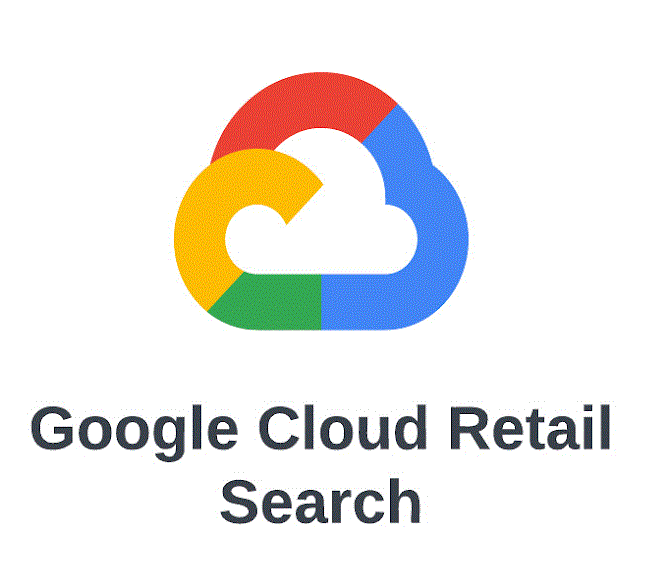Why Should We Use Google Cloud Retail Search?
In today’s modern technological era, with just a device connected to the internet, you can search for any information. Google is also a Search Engine that helps you find millions of results. So, what is a Search Engine?
1. What is a Search Engine?
Search Engine (Web Search Engine) – commonly referred to as “Công cụ tìm kiếm” in Vietnamese. It is a popular system used to look up and retrieve information on the internet. Simply put, a Search Engine is a website where users enter keywords or phrases into a search box to receive results such as websites, images, videos, maps, addresses, etc., related to what they are searching for.
Many of us are familiar with Google Search, which provides search results with low latency while also catering to personal preferences and history. The search results are so personalized that users rarely need to go to the next page. Retail Search is a service provided by Google Cloud for retailers, allowing them to use capabilities similar to Google Search but for their own products.
2. The Importance of Search Systems in E-commerce
Let’s try answering a simple question: How important is the search system for e-commerce retailers? To answer this question, we need to know which pages on the retailer’s website are supported by the search system and how important they are for conversion rates.
I. Sales Funnel
Typically, many e-commerce retailers categorize their sales funnel into three types:
1. Top of the funnel (TOF): Home page, landing pages, category pages, search pages, product detail pages.
2. Bottom of the funnel (BOF): Cart page, checkout pages, order confirmation page.
3. Post purchase: Order management, order cancellation, account pages.
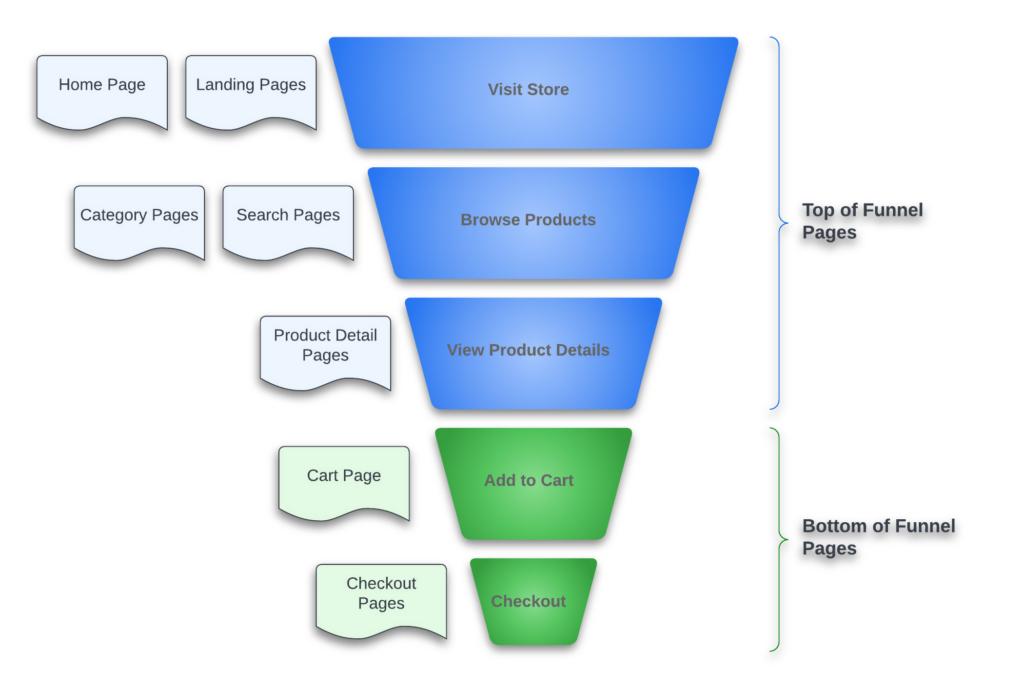 (Source: Google)
(Source: Google)
II. Product Data Integration
Retailers build a pathway to feed product data into the chosen search tool. They begin testing the search tool by bulk uploading all product data. During this process, they realize that the source data must be adjusted to comply with the structure required by the selected search tool.
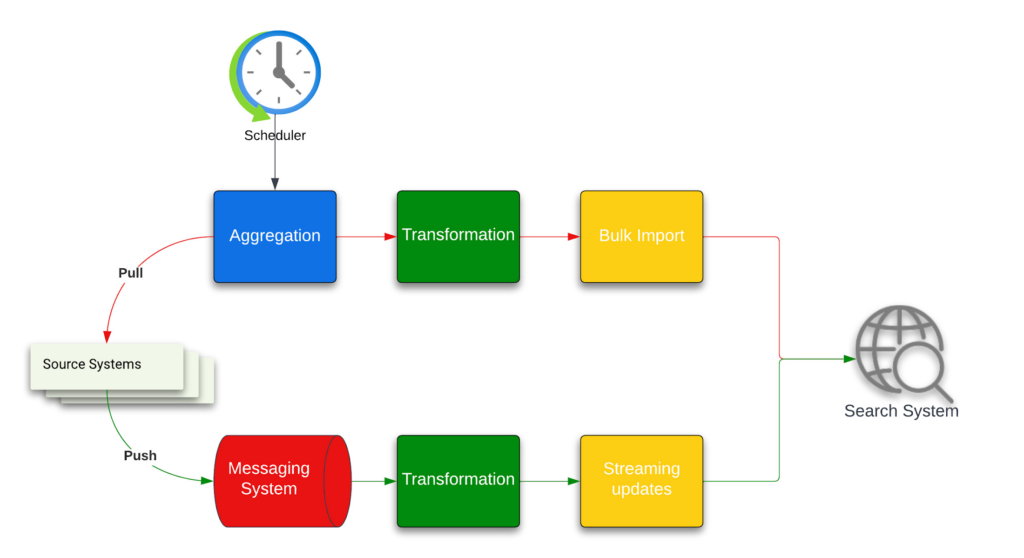 (Source: Google)
(Source: Google)
III. We Can Manually Fine-tune Search Results
Merchants begin to configure the search tool manually to match the relevance they want. During this process, they add rules related to synonyms, spelling checks, redirects, boosting and burying, etc. Note that Google advises using sales rules sparingly and with caution, as over-engineering is considered an anti-pattern.
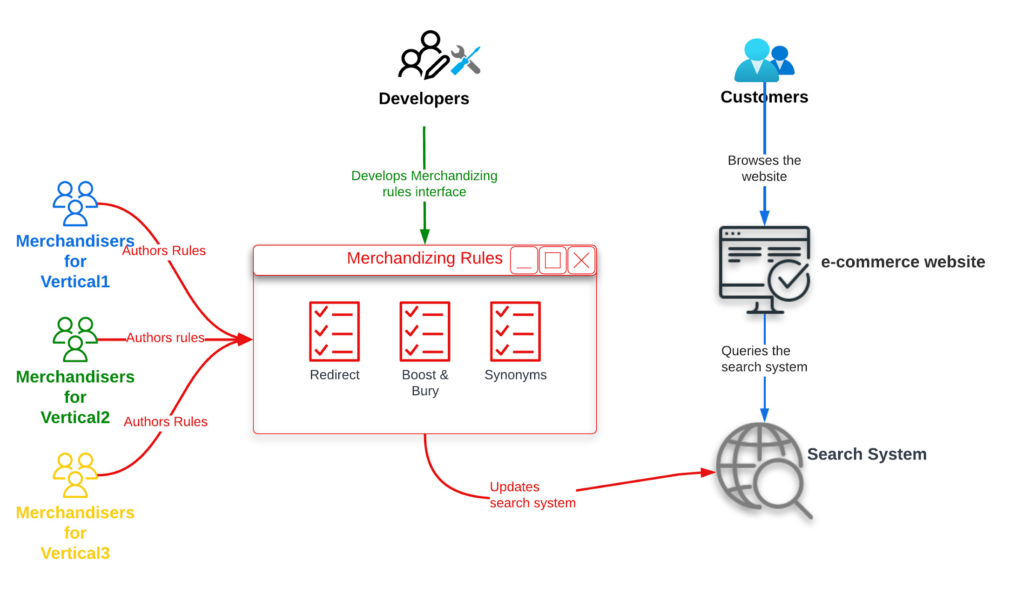 (Source: Google)
(Source: Google)
IV. Product Performance
To automate and optimize relevance, retailers will build other processes to add product performance attributes into the search tool.
Once indexed as part of the product catalog, more search rules are added to further impact the boosting/burying based on product performance.
This gives retailers the ability to optimize relevance automatically instead of manually. However, they must first integrate performance data into the search index to take advantage of this feature.
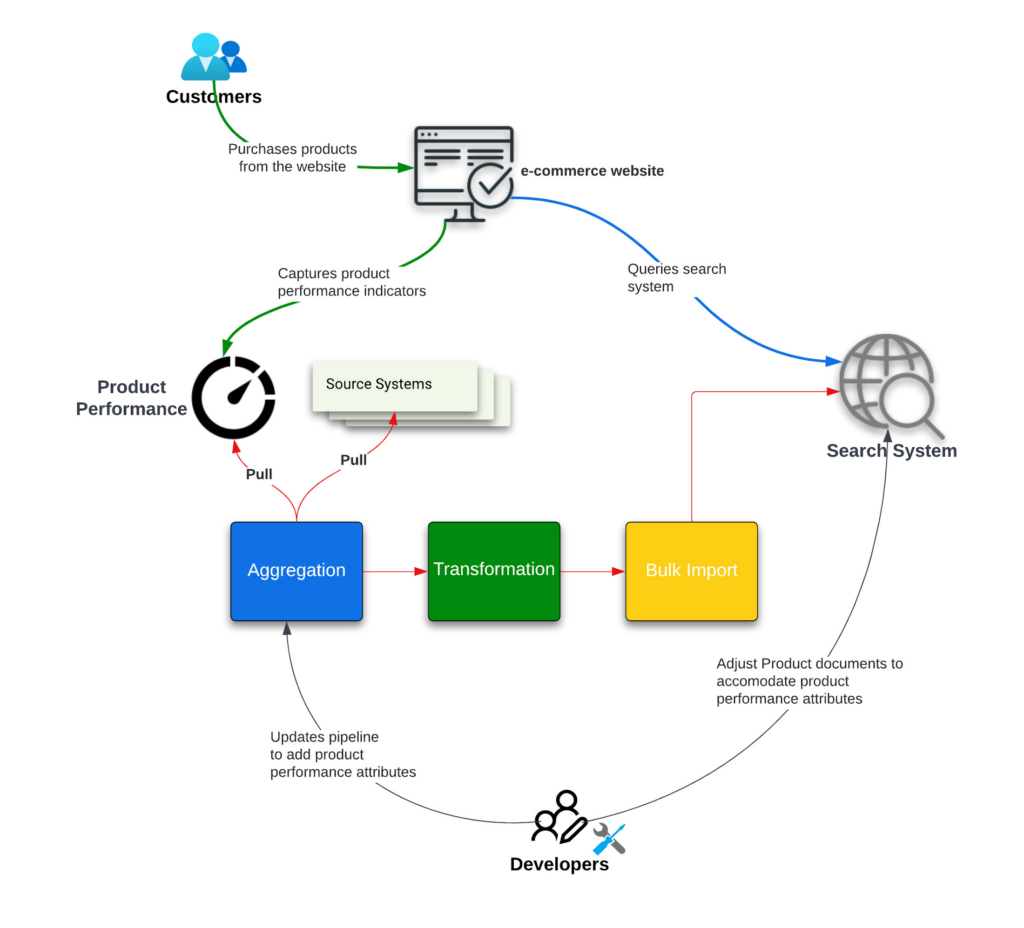 (Source: Google)
(Source: Google)
V. Machine Learning
At this stage, simple keywords like “watches,” “clothes,” etc., work quite well for retailers.
However, user intent with longer keyword phrases like “Halloween dresses,” “blue shirts for men” still falls short. Just combining keywords – even with all the search rules drafted – does not yield optimal results.
For example: Searching for the phrase “blue shirts for men” brings different results from searching “shirts” in the clothing category, filtered by attributes such as color and gender (blue and male). To achieve this, the retailer must build a machine learning model to analyze queries, understand user intent, and construct corresponding search queries.
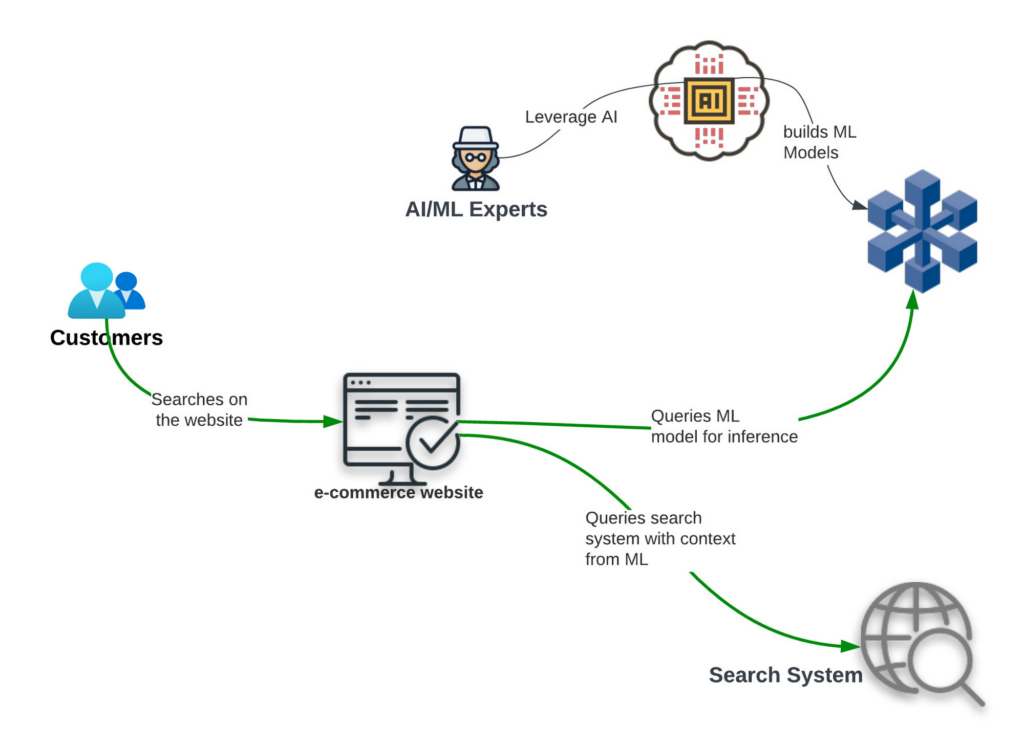 (Source: Google)
(Source: Google)
Conclusion
In summary, here’s what we’ve learned today:
1. Top-of-the-funnel pages are very important for e-commerce retailers as they are where customers spend most of their time browsing.
2. Most TOF pages for many e-commerce websites can be served by search tools.
3. A search system is one of the most critical components of an e-commerce website.
4. The effort required to implement a good search system is substantial.
5. Even after applying a multi-phase approach to building a search system, the final product may still lack personalization, query precision, relevance, or customer intent.
6. While some retailers may build a good search system for their e-commerce site, not all will achieve the same level of success.
 | Trịnh Minh Tài Developer |


